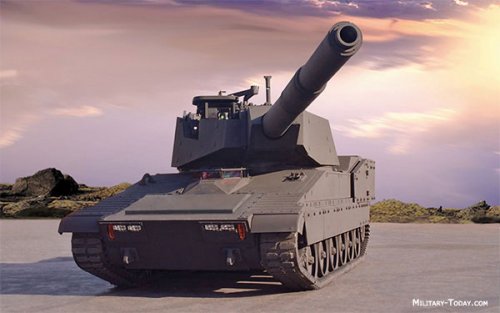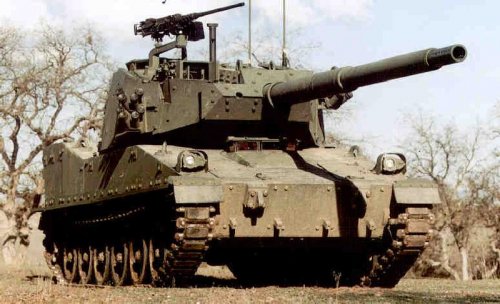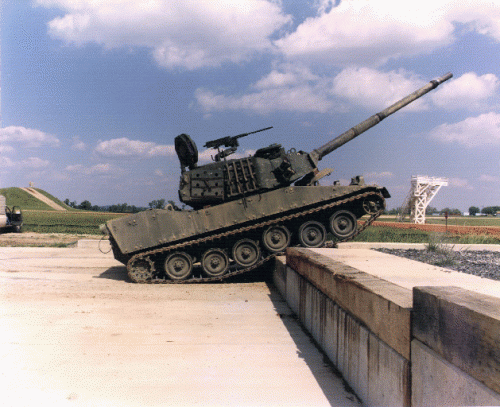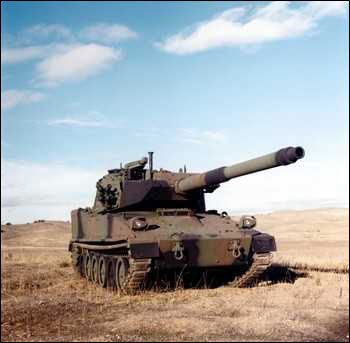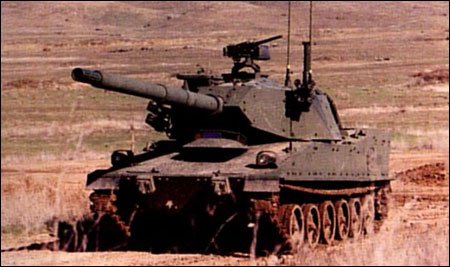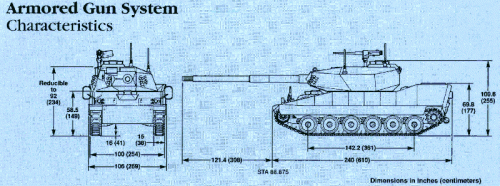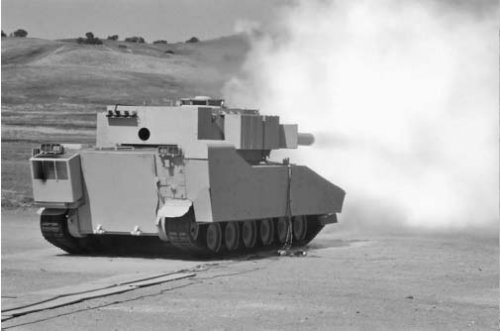In the late 1980s, FMC (Food Machinery Company) Corporation, later becoming United Defense Industries and now BAE Systems Land and Armaments, developed the Close Combat Vehicle - Light (CCV-L) and the US Army selected a modified version to meet its requirement for an Armored Gun System (AGS). A total of six prototypes were built for the US Army under the designation XM8 AGS. The AGS has been identified as M8 Buford named for Major General John Buford and M8 Ridgeway named for General Matthew Bunker Ridgeway. Though with Ridgeway's death in 1993, I presume that the name was changed in honor of him. The AGS was intended to replace the M551A1 Sheridan in the 82nd Airborne Division, and was expected to replace TOW-equipped HMMWVs in the 2nd Armored Cavalry Regiment (Light). A total of 237 systems were planned for procurement. Initially slated to begin production in 1996, the US Army canceled the M8 AGS program because of budget constraints, despite the program meeting both time and cost targets.
United Defense Industries unveiled a technology demonstrator based on the XM8 AGS with a 120 mm cannon named "Thunderbolt" in 2003.
http://www.janes.com/defence/land_forces/supplement/lav/lav_m8.shtml
http://en.wikipedia.org/wiki/M8-AGS
http://www.fas.org/man/dod-101/sys/land/m8-ags.htm
http://www.military-today.com/tanks/m8_buford.htm
http://www.olive-drab.com/idphoto/id_photos_m8ags.php3
http://www.globalsecurity.org/military/systems/ground/m8-ags.htm
http://en.wikipedia.org/wiki/John_Buford
http://en.wikipedia.org/wiki/Matthew_Ridgway
http://www.youtube.com/watch?v=8Yqxr3tqtog
United Defense Industries unveiled a technology demonstrator based on the XM8 AGS with a 120 mm cannon named "Thunderbolt" in 2003.
http://www.janes.com/defence/land_forces/supplement/lav/lav_m8.shtml
http://en.wikipedia.org/wiki/M8-AGS
http://www.fas.org/man/dod-101/sys/land/m8-ags.htm
http://www.military-today.com/tanks/m8_buford.htm
http://www.olive-drab.com/idphoto/id_photos_m8ags.php3
http://www.globalsecurity.org/military/systems/ground/m8-ags.htm
http://en.wikipedia.org/wiki/John_Buford
http://en.wikipedia.org/wiki/Matthew_Ridgway
http://www.youtube.com/watch?v=8Yqxr3tqtog

